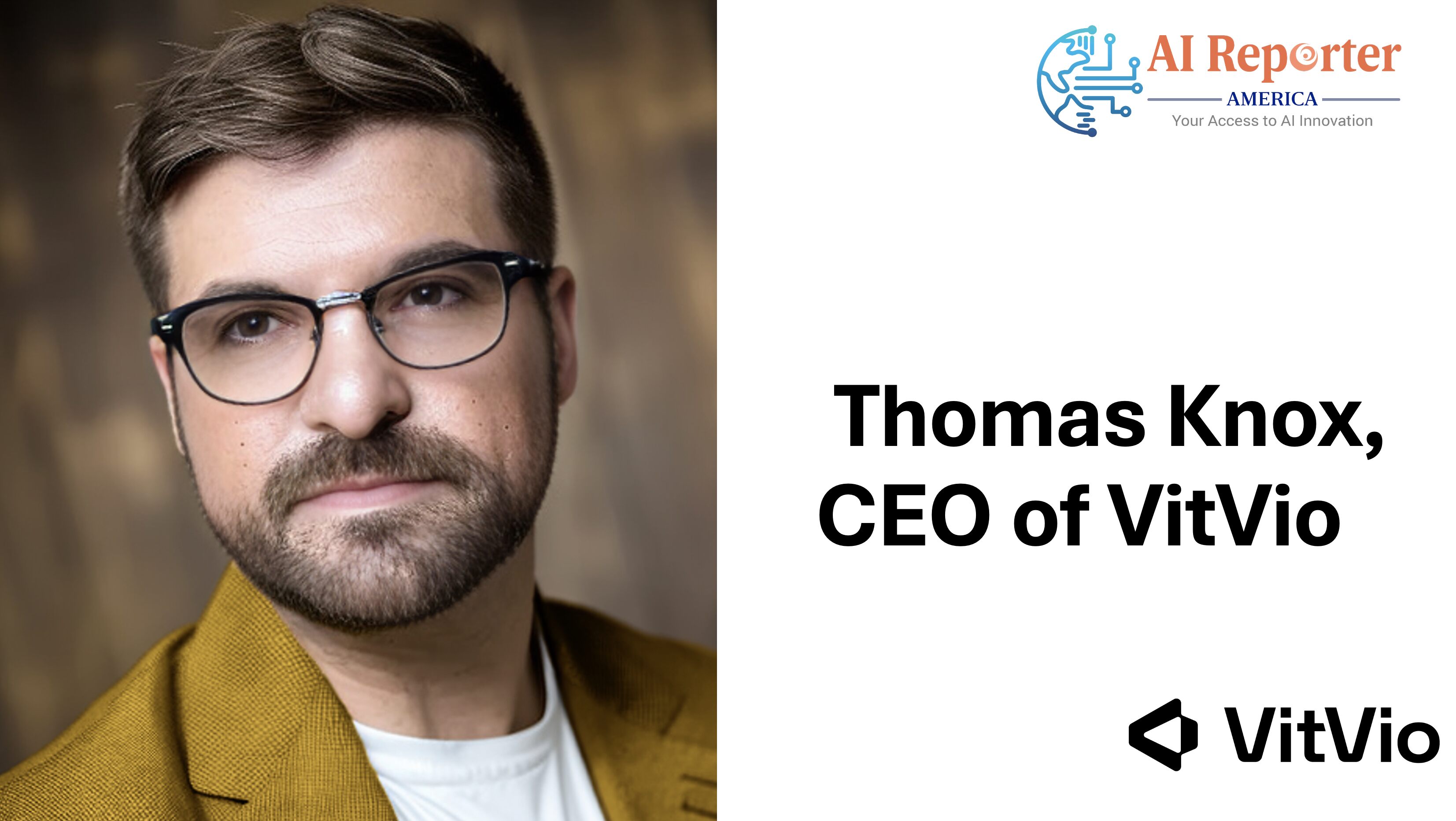
“Operating rooms are among the most complex and costly environments in healthcare — yet much of what happens inside them remains invisible to the systems meant to manage them,” says Thomas Knox, CEO of VitVio. “Our background in autonomous systems and IoT taught us that once you can help machines truly see and understand their environment, you can eliminate massive inefficiencies. VitVio does exactly that for hospitals — it gives them real-time operational intelligence without adding more burden to the clinical staff.”
What specific problem or inefficiency in hospital operating rooms inspired the creation of VitVio, and how did your backgrounds in autonomous systems and IoT inform the platform’s design?
Operating rooms are incredibly complex, and the tools that run them are shockingly disconnected. Surgeons, nurses, and administrators all operate off different systems, none of which actually “see” what’s happening in real time. Our background is in autonomous systems and large-scale sensing — we built computer vision platforms that powered hundreds of autonomous retail stores at AiFi and Standard AI. The same core idea applies here, help the system understand surgical environments well enough to take over some of the manual workflows, capture data automatically, and eliminate the blind spots that cost hospitals millions in wasted OR time.
VitVio leverages computer vision and ambient sensing to capture what happens in the OR in real time. Could you explain how this technology works in practice—and how it differs from traditional workflow or scheduling tools hospitals currently use?
We’ve built VitVio to function like an always-present assistant that observes the operating room — not a camera system, but a multi-sensor perception layer. It fuses spatial, visual, and audio signals to interpret what’s happening in real time: which phase of surgery you’re in, when turnover starts, how long prep takes, and where bottlenecks form. It’s fundamentally different from today’s hospital workflow tools, which depend on humans manually logging timestamps or updating dashboards after the fact. VitVio does that autonomously, creating an accurate operational pulse of the OR.
Hospitals are increasingly ROI-driven. Could you share measurable outcomes from your pilot sites—for instance, how much time, cost, or resource optimisation VitVio has already achieved per operating room?
It’s still early to share hard numbers publicly, but the direction is clear. In our pilots, we’re already seeing reductions in OR idle time, faster case turnovers, and fewer communication breakdowns between clinical teams. These are exactly the levers that drive ROI for hospitals, and this is only the beginning. Once we have a few more sites running continuously, we’ll start publishing concrete benchmarks that can be shared. That said, even now, the feedback from clinicians shows the value is immediate and obvious.
AI in clinical environments inevitably raises questions about data handling and privacy. How does VitVio ensure full anonymity and compliance while collecting and processing intra-operative data?
Anonymization happens at the point of capture — not after. Every sensing stream is processed on-site, faces/screens/clipboards are blurred in real time, and all data is encrypted before it ever leaves the hospital network. We don’t retain video; we extract structured process data, then discard the raw footage. Our focus is on how the operating room functions, not who’s in it. That design choice keeps sensitive information to an absolute minimum while still giving hospitals deep operational insight. We’ve built VitVio to be HIPAA, GDPR, and SOC2 compliant from day one, working with external partners to verify our processes. Ultimately, our goal is full traceability and zero exposure risk for hospitals and patients alike.
While automation reduces administrative load, surgery remains deeply human. How does VitVio support—rather than replace—clinical staff, and how have surgeons and nurses responded to its introduction?
Surgery will always be human at its core. But as we’ve tried to make it safer and more efficient, we’ve ended up adding more manual work. We ask staff to press another button, fill another form, follow another process — all of which pulls highly trained clinicians away from patient care and toward administrative labor. Our goal isn’t to replace them; it’s to get them back to what matters most, the patient. By automating documentation and making OR activity visible in real time, we eliminate clerical overhead and constant check-ins. The response from surgeons and nurses has been clear — once they see how much friction it removes, they don’t want to operate without it. No one went into healthcare to type into an EMR.
With $8 million in fresh funding, what’s next for VitVio? Are there particular partnerships, technology integrations, or hospital systems you’re prioritising as you scale across the U.S.?
This funding is about fueling U.S. growth and expanding the depth of our product. There are some exciting partnerships with health systems and industry leaders coming soon — we can’t mention them by name yet, but they’ll accelerate how quickly we scale across the U.S. Our goal is to use this capital to establish a strong foothold in the U.S. while pushing our product differentiation even further. We talk a lot about orchestration today, but our vision goes far beyond that — building the foundational intelligence layer for how hospitals actually run.
By subscribing, you agree to receive email related to content and products. You unsubscribe at any time.
Copyright 2025, AI Reporter America All rights reserved.